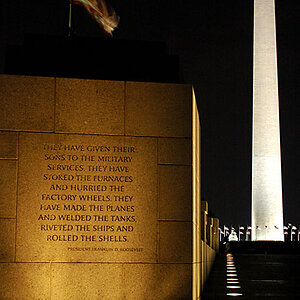Vinny
TPF Noob!
- Joined
- Mar 14, 2010
- Messages
- 667
- Reaction score
- 1
- Location
- New Jersey
- Can others edit my Photos
- Photos OK to edit
Back in the 70's when I was just starting to learn photography it seemed that 35mm was the low end of professional equipment and medium format and large format were the professional's choice.
Although at this point I don't think I will ever achieve "greatness" at photography back then I couldn't wait to be good enough to graduate to the 2 1/4 format and ultimately the 4x5 or 8x10 format if only to say I shot in that format.
Do professionals still use these larger formats?
Although at this point I don't think I will ever achieve "greatness" at photography back then I couldn't wait to be good enough to graduate to the 2 1/4 format and ultimately the 4x5 or 8x10 format if only to say I shot in that format.
Do professionals still use these larger formats?



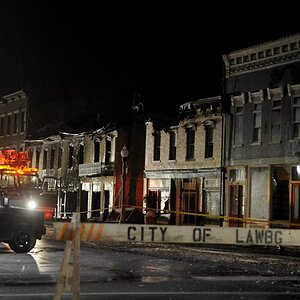
![[No title]](/data/xfmg/thumbnail/37/37111-64f64f2c8371420041bf39244ff12117.jpg?1619737882)
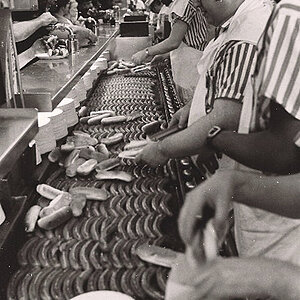
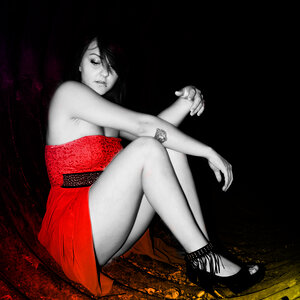
![[No title]](/data/xfmg/thumbnail/37/37112-9474bbad05f760cbef79df3379b23509.jpg?1619737882)
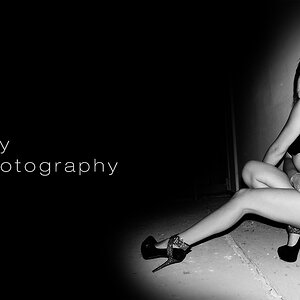
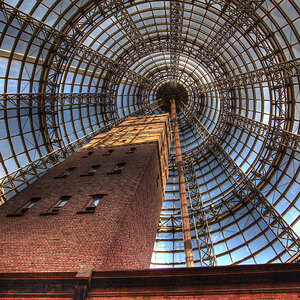
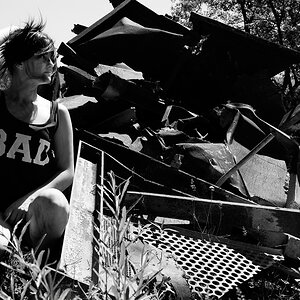
![[No title]](/data/xfmg/thumbnail/37/37110-1d5d98524f9f6a8623703161610ef439.jpg?1619737882)
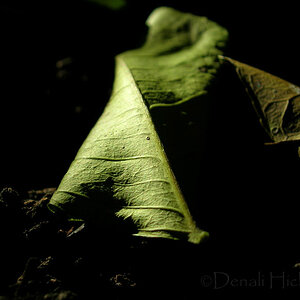
![[No title]](/data/xfmg/thumbnail/37/37114-2bba6b6cc4df1fe53588503fb35af8dd.jpg?1619737883)
